filter
-
Brand
- By Category
- Direction
- Date Range
180Events
Pictures
Events
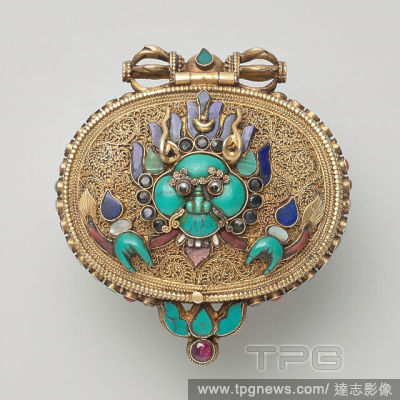
Editorial
- 2023-06-16
- 1

Editorial
- 2023-06-07
- 1
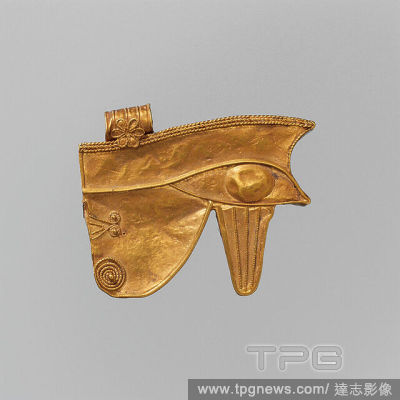
Editorial Wedjat Eye Amulet, Late Period, Dynasty 26?29, 664?380 B.C., From Egypt, Gold, H. 3.2 cm (1 1/4 in); w. 4 cm (1 9/16 in); th. 0.4 cm ( 3/16 in.), The symbolism of this wedjat-eye amulet was one of the most pervasive and powerful in ancient Egypt. Combi...
- 2022-12-25
- 1
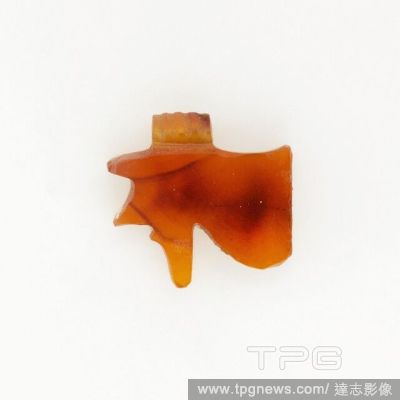
Editorial Wedjat Eye Amulet, Late Period?Ptolemaic Period, 664?30 B.C., From Egypt, Carnelian, L.1.3 cm (1/2 in), One of the most popular amulets in ancient Egypt, the wedjat eye represents the healed eye of the god Horus. It depicts a combination of a human and...
- 2022-12-25
- 1
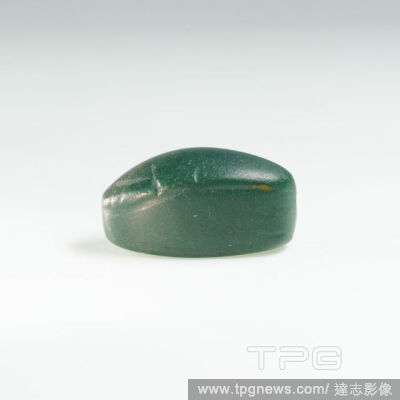
Editorial scarab.
- 2022-04-24
- 1

Editorial Amulet of the Eye of the God Horus (Wedjat). Egyptian. Date: 305 BC-30 BC. Dimensions: 1.6 ? 1.7 ? 0.5 cm (5/8 ? 5/8 ? 1/4 in.). Faience. Origin: Egypt.
- 2022-01-18
- 1
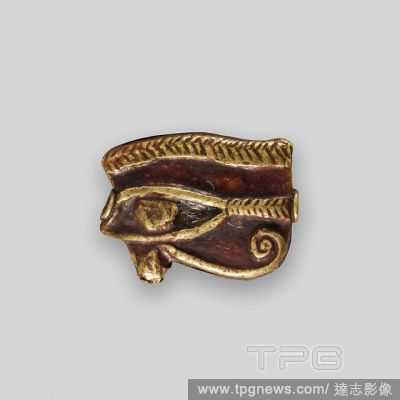
Editorial Amulet of the Eye of the God Horus (Wedjat). Egyptian. Date: 305 BC-30 BC. Dimensions: 0.9 x 1.2 x 0.3 cm (3/8 x 1/2 x 1/8 in.). Gold. Origin: Egypt.
- 2022-01-18
- 2

Editorial Amulet in the form of a hippo, Predynastic, Naqada IINaqada III, Date ca. 36503100 B.C., From Egypt, Limestone (pink), L: 2.6 cm (1 in.); H: 1.9 cm (3/4 in.); W: 0.6 cm (1/4 in.).
- 2021-02-19
- 2
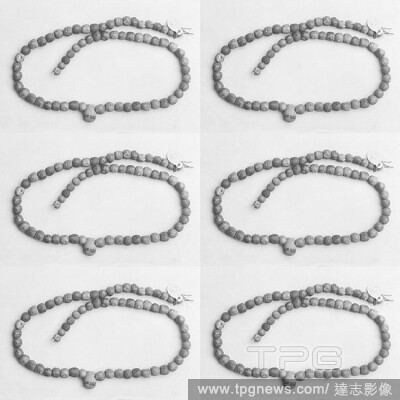
Editorial Necklace of Ball Beads and a Vase Amulet, Middle KingdomEarly New Kingdom, Dynasty 1218, ca. 20401640 B.C., From Egypt, Upper Egypt, Thebes, Asasif, Courtyard CC 41, Tomb R 2, Burials P x, 191516, Faience, anhydrite, Blue faience beads; blue marble amu...
- 2021-02-19
- 2

Editorial Hedgehog Stamp Seal.
- 2021-02-19
- 2

Editorial Stamp Seal in the Shape of a Duck.
- 2021-02-19
- 2
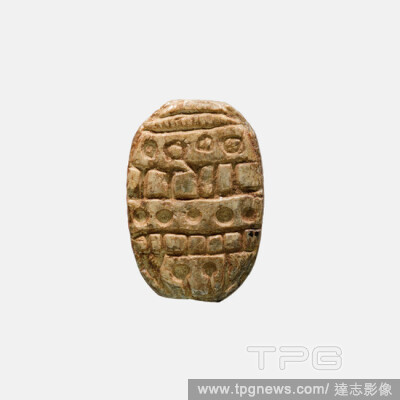
Editorial Cowroid Stamp Seal from Ruiu's Burial.
- 2021-02-19
- 2
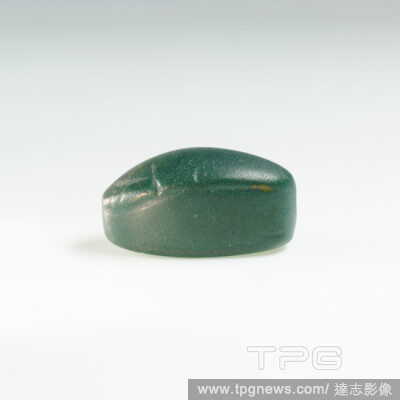
Editorial scarab.
- 2021-02-19
- 1
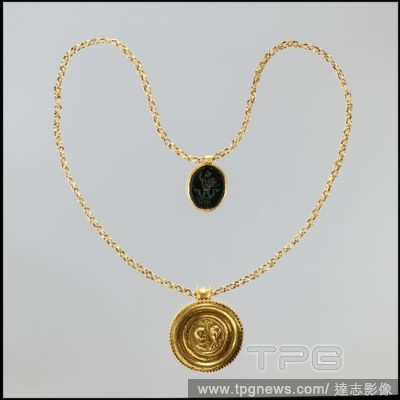
Editorial Necklace with Gold Marriage Medallion and Hematite Amulet.
- 2020-12-02
- 1
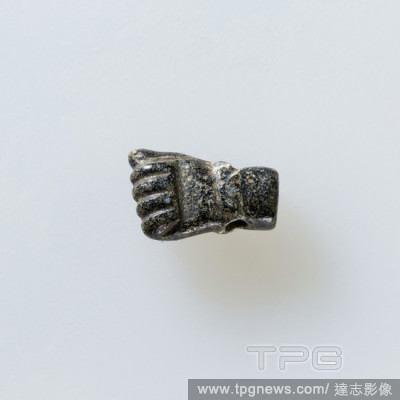
Editorial Fist amulet, Late Period?Ptolemaic Period, 664?30 B.C., From Egypt, Black stone, H. 1.6 ? W. 1 ? D. 0.6 cm (5/8 ? 3/8 ? 1/4 in.), Unlike the fist clenched with thumb protruding between the first two fingers, this is a simple clenched fist. There is a t...
- 2020-12-02
- 1

Editorial Amulet of the God Bes, Third Intermediate Period, Dynasty 21?24, ca. 1070?712 B.C., From Egypt, Faience, H. 3.7 cm (1 7/16 in), In ancient Egypt, several protective deities were depicted as dwarves featuring a lion's mane, ears, and tail, and often wea...
- 2020-12-02
- 1
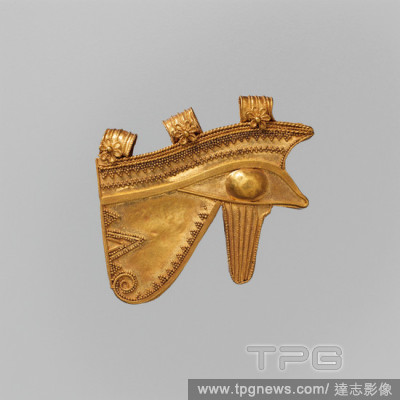
Editorial Wedjat Eye Amulet, Late Period, Dynasty 26?29, 664?380 B.C., From Egypt, Gold, H. 3.2 cm (1 1/4 in); w. 3.7 cm (1 7/16 in); th. 0.4 cm ( 3/16 in.), The wedjat-eye amulet represents a human eye with its brow, but the two lines below the eye are often id...
- 2020-12-02
- 1
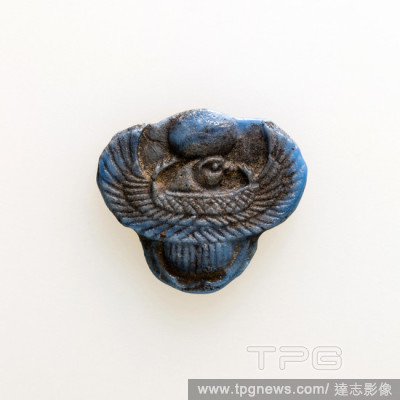
Editorial Amulet of winged scarab with falcon head, Late Period?Ptolemaic Period, 525?30 BC, From Egypt, Glass, H. 2.9 ? W. 3.6 cm (1 1/8 ? 1 7/16 in.), Starting in the later Late Period and continuing through the Ptolemaic Period, a type of glass amulet cast by...
- 2020-12-02
- 1
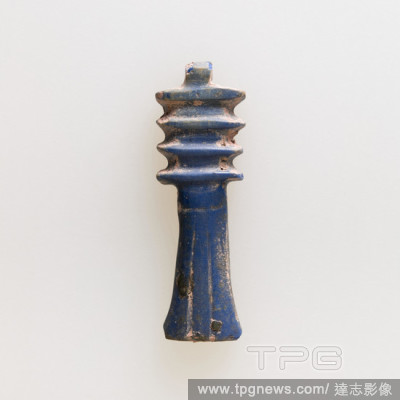
Editorial Djed pillar, Late Period?Ptolemaic Period, 525?30 BC, From Egypt, Blue Glass, H. 4.4 ? W. 1.4 cm (1 3/4 ? 9/16 in.), Starting in the later Late Period and continuing through the Ptolemaic Period, a type of glass amulet cast by pressing the glass into a...
- 2020-12-02
- 1

Editorial Falcon amulet, Ptolemaic Period, 400?30 BC, From Egypt, Glass, H. 3.1 ? W. 3.1 cm (1 1/4 ? 1 1/4 in.), Starting in the later Late Period and continuing through the Ptolemaic Period, a type of glass amulet cast by pressing the glass into a shallow open ...
- 2020-12-02
- 1
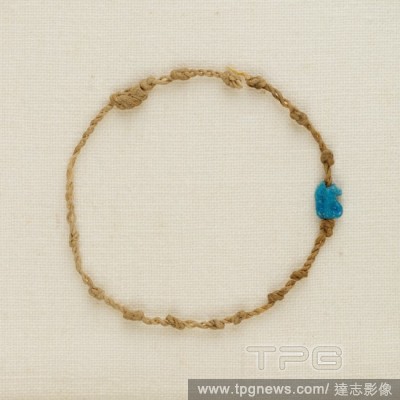
Editorial Bracelet with wedjat eye amulet, Third Intermediate Period, late Dynasty 21, ca. 1000?945 B.C., From Egypt, Upper Egypt, Thebes, Deir el-Bahri, Tomb of Henettawy F, 1923?24, Linen, faience, Diam. ca. 4 cm (1 9/16 in.), One of four bracelets found aroun...
- 2020-12-02
- 1

Editorial Djed pillar, Late Period?Ptolemaic Period, 525?30 BC, From Egypt, Yellow Glass, H. 3.4 ? W. 1.3 cm (1 5/16 ? 1/2 in.), Starting in the later Late Period and continuing through the Ptolemaic Period, glass a type of glass amulet cast by pressing the glas...
- 2020-12-02
- 1
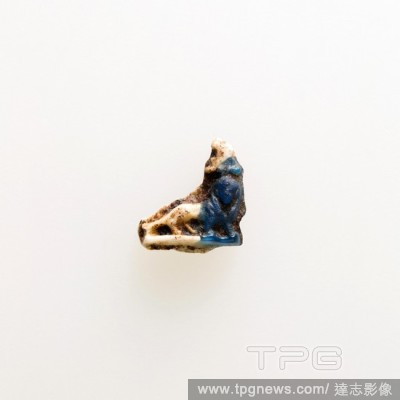
Editorial Amulet of Tutu, Ptolemaic Period, 400?30 BC, From Egypt, Glass, H. 1.8 ? W. 1.7 cm (11/16 ? 11/16 in.), Starting in the later Late Period and continuing through the Ptolemaic Period, a type of glass amulet cast by pressing the glass into a shallow open...
- 2020-12-02
- 1
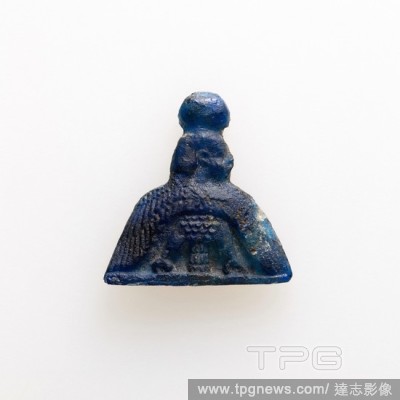
Editorial Amulet of ba bird wearing a sun disk, Late Period?Ptolemaic Period, 525?30 BC, From Egypt, Glass, H. 3.1 ? W. 3.1 cm (1 1/4 ? 1 1/4 in.), Starting in the later Late Period and continuing through the Ptolemaic Period, a type of glass amulet cast by pres...
- 2020-12-02
- 1
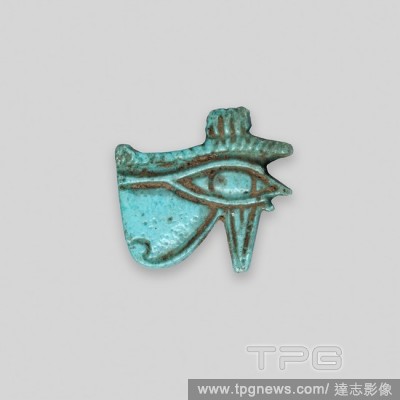
Editorial Amulet of the Eye of the God Horus (Wedjat). Egyptian. Date: 305 BC-30 BC. Dimensions: 1.6 ? 1.7 ? 0.5 cm (5/8 ? 5/8 ? 1/4 in.). Faience. Origin: Egypt.
- 2019-12-17
- 1
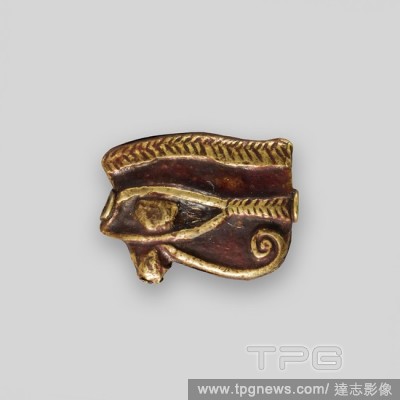
Editorial Amulet of the Eye of the God Horus (Wedjat). Egyptian. Date: 305 BC-30 BC. Dimensions: 0.9 x 1.2 x 0.3 cm (3/8 x 1/2 x 1/8 in.). Gold. Origin: Egypt.
- 2019-12-17
- 2
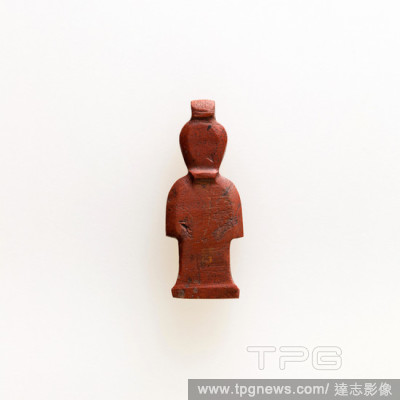
Editorial Tit (Isis knot) amulet, Late Period?Ptolemaic Period, 525?30 BC, From Egypt, Red Glass, H. 3.1 ? W. 1.2 cm (1 1/4 ? 1/2 in.), Some of the glass amulets from the later Late Period through the Ptolemaic Period can be specifically tied to spells of the Bo...
- 2019-12-17
- 1
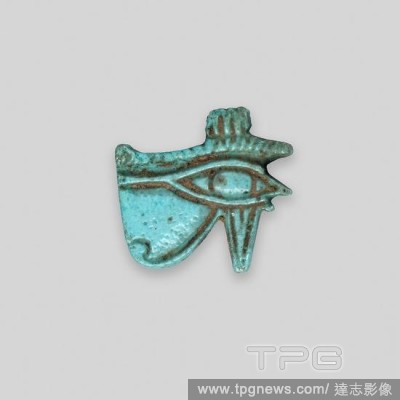
Editorial Amulet of the Eye of the God Horus (Wedjat). Egyptian. Date: 305 BC-30 BC. Dimensions: 1.6 ? 1.7 ? 0.5 cm (5/8 ? 5/8 ? 1/4 in.). Faience. Origin: Egypt.
- 2019-11-18
- 1
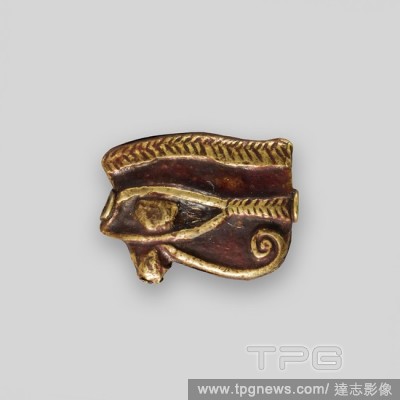
Editorial Amulet of the Eye of the God Horus (Wedjat). Egyptian. Date: 305 BC-30 BC. Dimensions: 0.9 x 1.2 x 0.3 cm (3/8 x 1/2 x 1/8 in.). Gold. Origin: Egypt.
- 2019-11-18
- 2
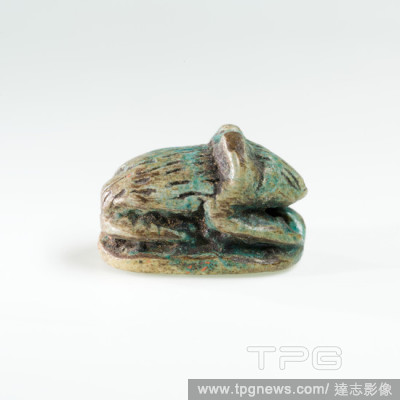
Editorial Hedgehog Stamp Seal.
- 2019-11-18
- 1
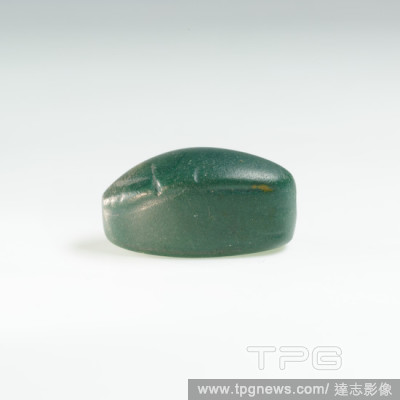
Editorial scarab.
- 2019-11-18
- 1
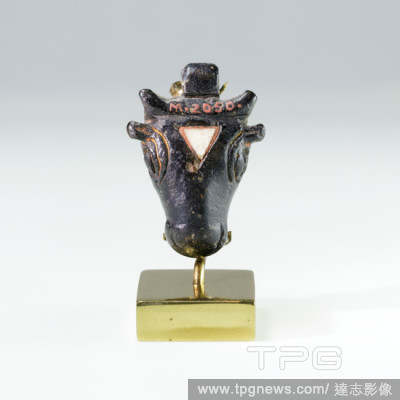
Editorial Amulet, Head of an Apis Bull.
- 2019-11-18
- 1
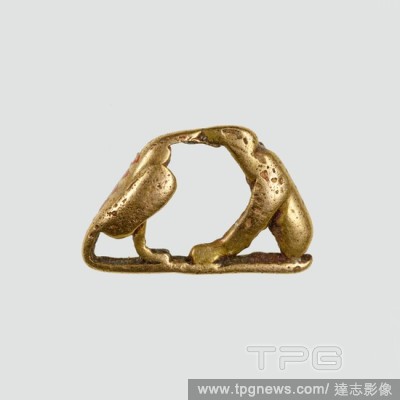
Editorial Vulture and falcon amulet.
- 2019-11-18
- 1
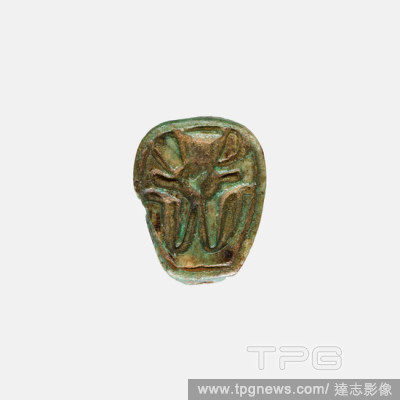
Editorial Stamp Seal in the Shape of a Duck.
- 2019-11-18
- 1
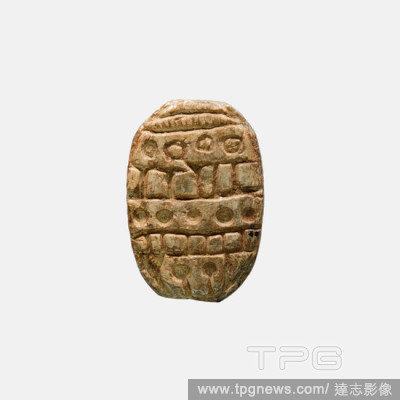
Editorial Cowroid Stamp Seal from Ruiu's Burial.
- 2019-11-18
- 1
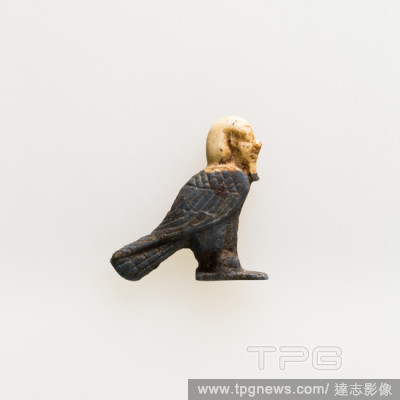
Editorial Ba-bird amulet.
- 2019-11-18
- 1
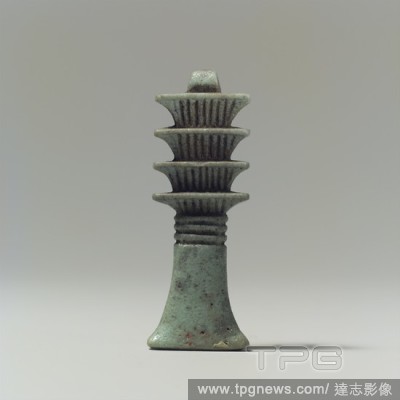
Editorial Djed pillar amulet.
- 2019-10-28
- 1

Editorial Bes Amulet.
- 2019-10-28
- 1

Editorial Amulet of the Eye of the God Horus (Wedjat). Egyptian. Date: 305 BC-30 BC. Dimensions: 0.9 x 1.2 x 0.3 cm (3/8 x 1/2 x 1/8 in.). Gold. Origin: Egypt.
- 2019-04-01
- 1
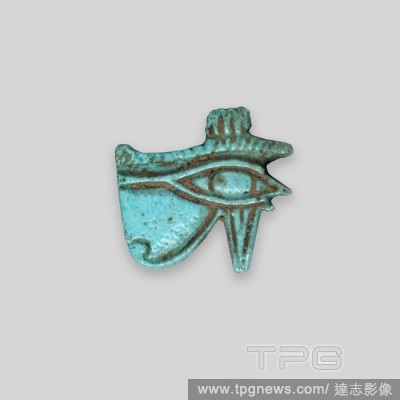
Editorial Amulet of the Eye of the God Horus (Wedjat). Egyptian. Date: 305 BC-30 BC. Dimensions: 1.6 ? 1.7 ? 0.5 cm (5/8 ? 5/8 ? 1/4 in.). Faience. Origin: Egypt.
- 2019-04-01
- 1
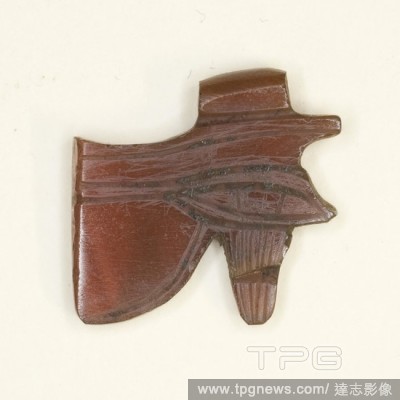
Editorial Amulet of the Eye of Horus. Egyptian. Date: 1550 BC-664 BC. Dimensions: 1.6 ? 1.9 ? 0.6 cm (5/8 ? 3/4 ? 1/4 in.). Carnelian. Origin: Egypt.
- 2019-04-01
- 1

Editorial Amulet of the Eye of the God Horus (Wedjat). Egyptian. Date: 305 BC-30 BC. Dimensions: 1.6 ? 1.7 ? 0.5 cm (5/8 ? 5/8 ? 1/4 in.). Faience. Origin: Egypt.
- 2019-03-18
- 1

Editorial Amulet of the Eye of the God Horus (Wedjat). Egyptian. Date: 305 BC-30 BC. Dimensions: 0.9 x 1.2 x 0.3 cm (3/8 x 1/2 x 1/8 in.). Gold. Origin: Egypt.
- 2019-03-18
- 2
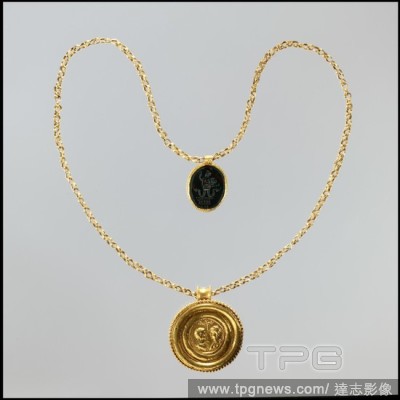
Editorial Necklace with Gold Marriage Medallion and Hematite Amulet.
- 2019-02-22
- 1

Editorial AMULET.
- 2019-02-15
- 1

Editorial AMULET.
- 2019-02-15
- 1
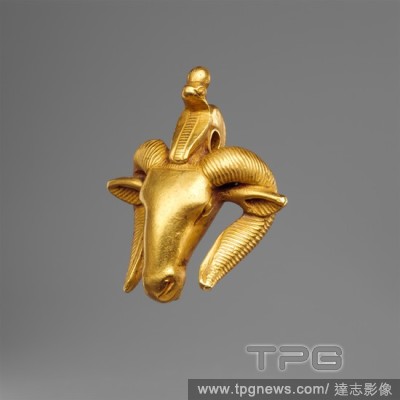
Editorial Ram's-head Amulet.
- 2019-02-11
- 1

Editorial Animal amulet.
- 2019-02-11
- 1
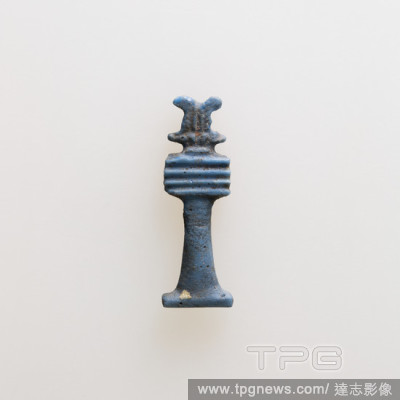
Editorial djed pillar.
- 2019-02-11
- 1
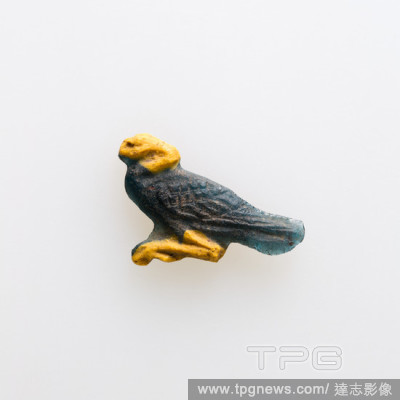
Editorial Amulet probably depicting a benu bird.
- 2019-02-11
- 1

Editorial Amulet of a baboon holding an unrecognizable object.
- 2019-02-11
- 1
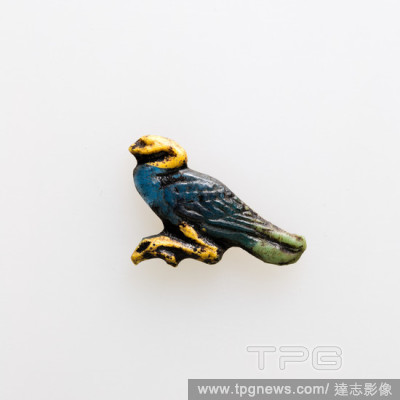
Editorial Amulet probably depicting a benu bird.
- 2019-02-11
- 1
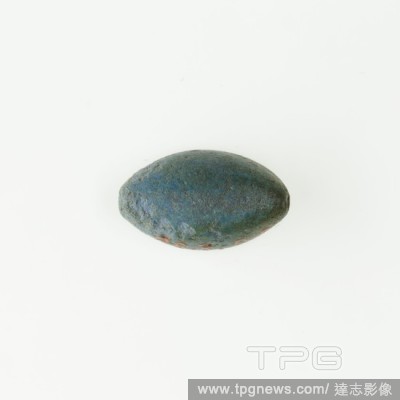
Editorial Cowroid.
- 2019-02-11
- 1
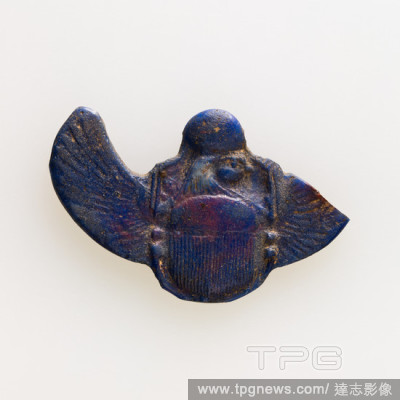
Editorial Amulet of winged scarab with falcon head.
- 2019-02-11
- 1
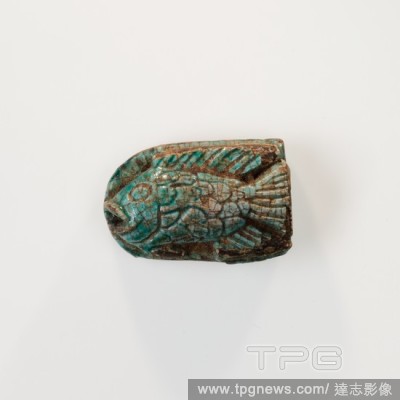
Editorial Fish Design Amulet Inscribed with the cartouche of Queen Ahmose Nefertari.
- 2019-02-11
- 1
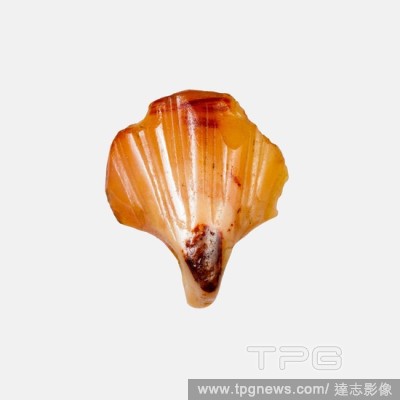
Editorial Amulet, shell.
- 2019-02-11
- 1

Editorial Amulet of Re-Harakhti squatting.
- 2019-02-11
- 1
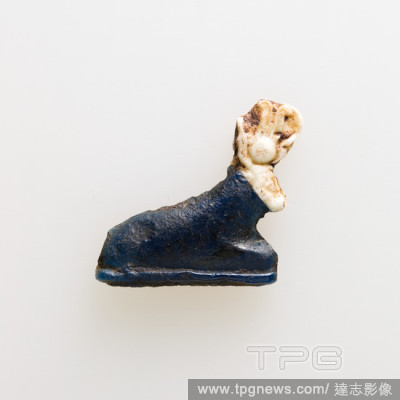
Editorial Amulet of kneeling cow wearing disk and feathers.
- 2019-02-11
- 1
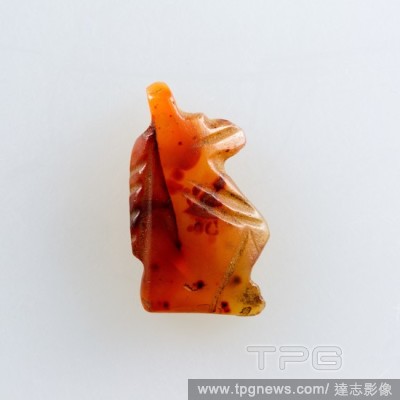
Editorial Amulet, Taweret.
- 2019-02-11
- 1
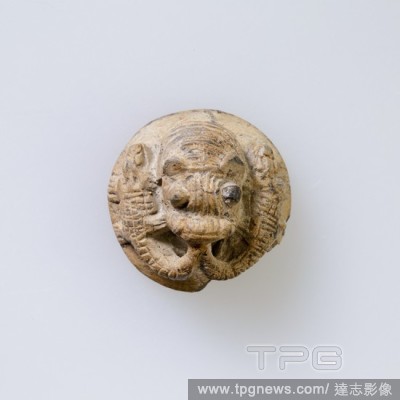
Editorial Hippopotamus-Head Design Amulet Inscribed With Four Linked Ibex Heads.
- 2019-02-11
- 1

Editorial bead.
- 2019-02-11
- 1
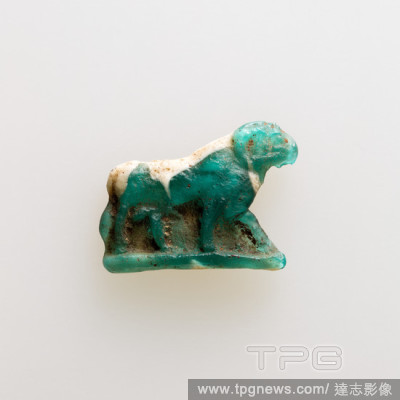
Editorial Amulet of a walking ram.
- 2019-02-11
- 1

Editorial Nephthys, Horus, and Isis Amulet.
- 2019-02-11
- 1
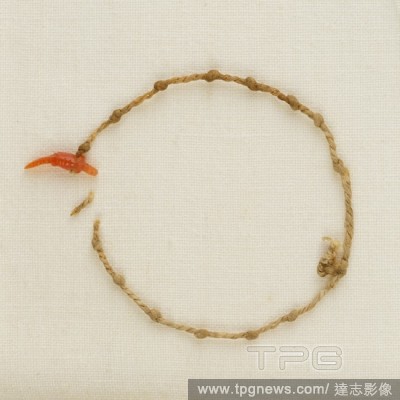
Editorial Bracelet with a crocodile amulet.
- 2019-02-11
- 1
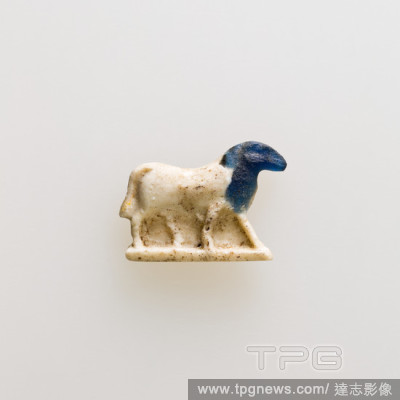
Editorial Amulet of a walking ram.
- 2019-02-11
- 1
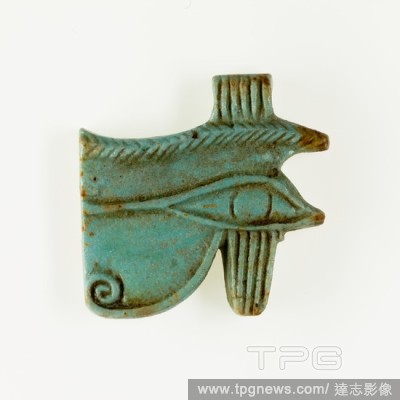
Editorial Wedjat eye amulet.
- 2019-02-11
- 1
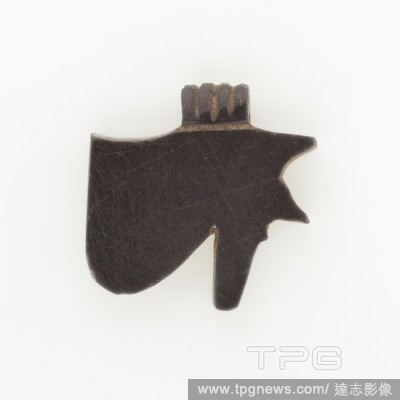
Editorial Wedjat eye amulet.
- 2019-02-11
- 2

Editorial Amulet of squatting baboon.
- 2019-02-11
- 1
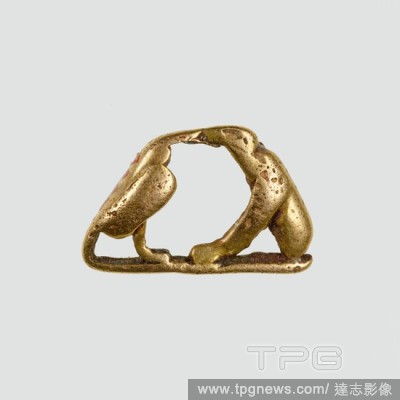
Editorial Vulture and falcon amulet.
- 2019-02-11
- 1
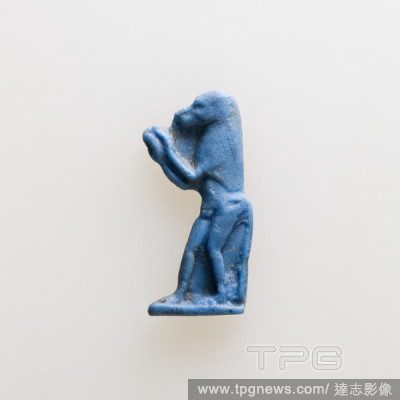
Editorial Amulet of baboon in act of adoration.
- 2019-02-11
- 1
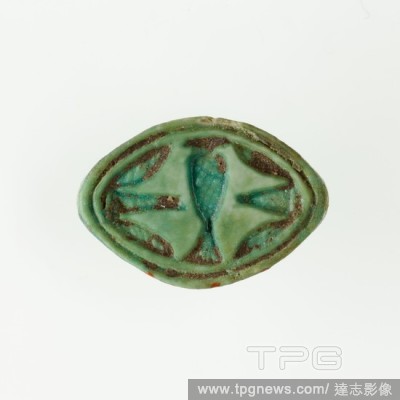
Editorial Cowroid Seal-Amulet.
- 2019-02-11
- 1

Editorial Hippopotamus amulet.
- 2019-02-11
- 1
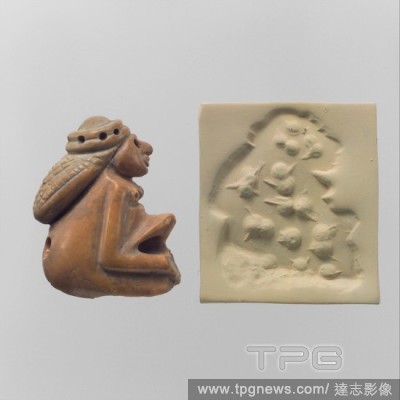
Editorial Seal amulet in the form of a seated female and modern impression.
- 2019-02-11
- 2

Editorial Wedjat eye amulet.
- 2019-02-11
- 1

Editorial Cowroid.
- 2019-02-11
- 1
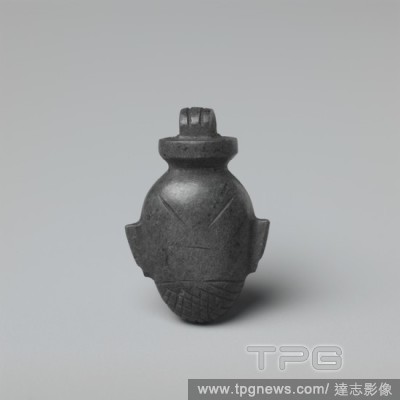
Editorial Heart Amulet.
- 2019-02-11
- 1
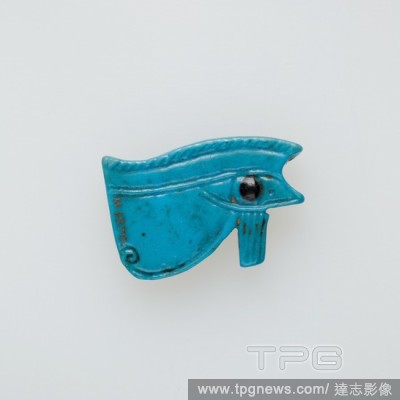
Editorial Wedjat eye amulet.
- 2019-02-11
- 1

Editorial Cowroid Inscribed with an Ankh.
- 2019-02-11
- 1
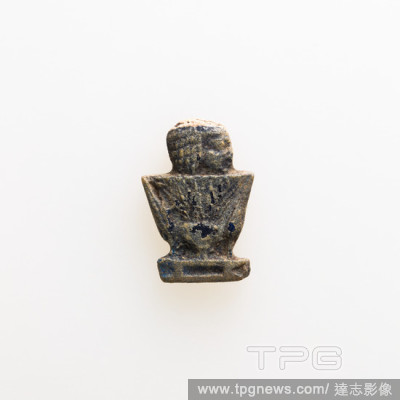
Editorial Amulet depicting human head emerging from lotus.
- 2019-02-11
- 1
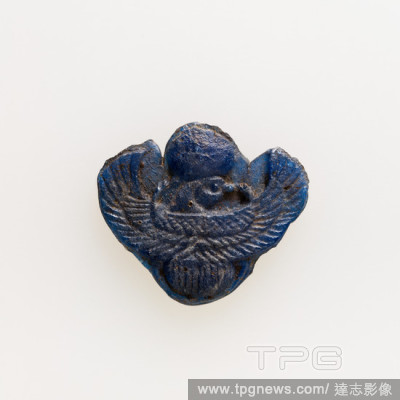
Editorial Amulet of winged scarab with falcon head.
- 2019-02-11
- 1
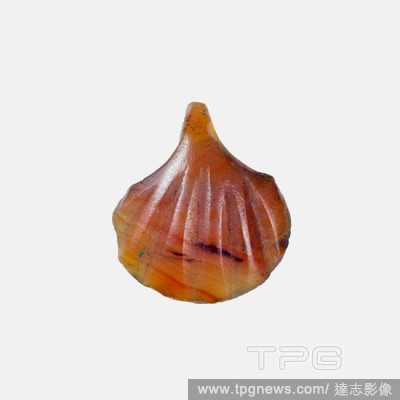
Editorial Shell Amulet.
- 2019-02-11
- 1

Editorial Amulet of serekh sign surmounted by archaic falcon.
- 2019-02-11
- 1

Editorial Henu barque amulet.
- 2019-02-11
- 1
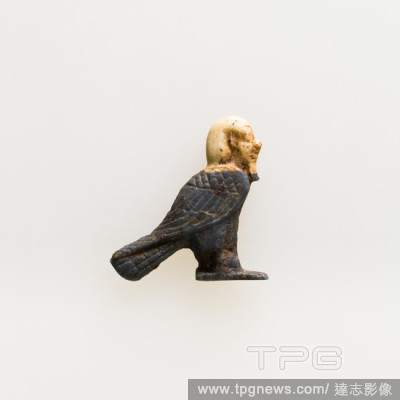
Editorial Ba-bird amulet.
- 2019-02-11
- 1

Editorial Henu barque amulet.
- 2019-02-11
- 1
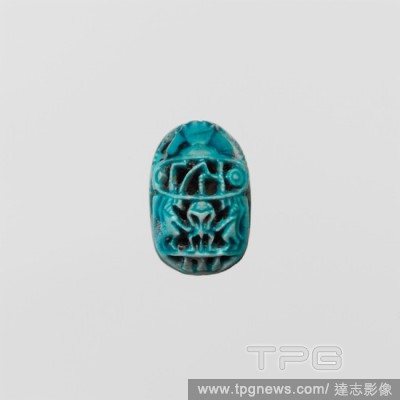
Editorial Scarab with the Name of Amenemhat III and a Hippopotamus Hunt.
- 2019-02-11
- 1
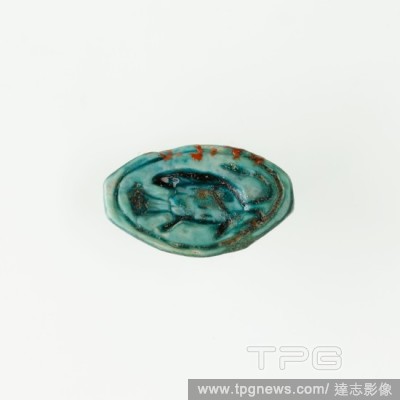
Editorial Cowroid Seal-Amulet.
- 2019-02-11
- 2
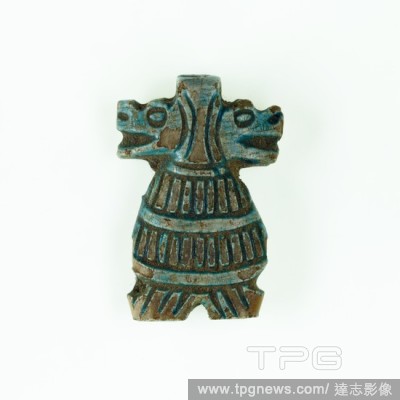
Editorial Taweret amulet with double head.
- 2019-02-11
- 1
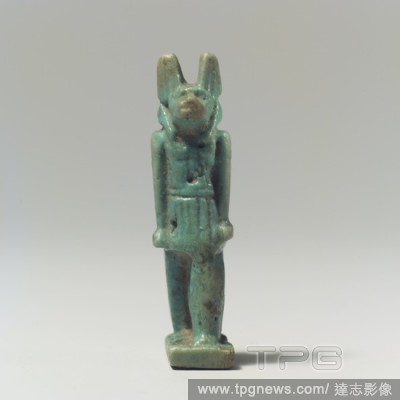
Editorial Anubis Amulet.
- 2019-02-11
- 1
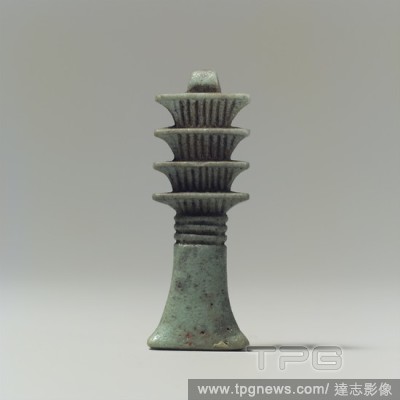
Editorial Djed pillar amulet.
- 2019-02-11
- 1

Editorial Bes Amulet.
- 2019-02-11
- 1
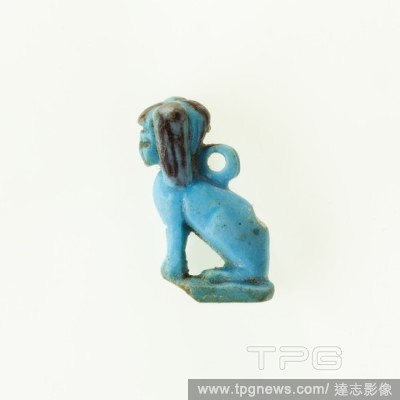
Editorial Sphinx Amulet.
- 2019-02-11
- 1
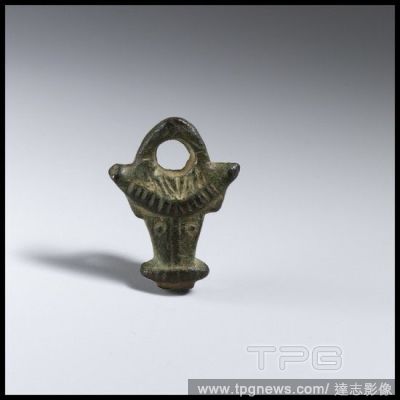
Editorial AMULET.
- 2018-08-21
- 1

Editorial Bronze phallic amulet, Imperial, 1st century A.D., Roman, Bronze, W. 3 1/8 in. (7.95 cm.), Bronzes, This pendant is in the form of a double phallus with a phallus and scrotum hanging beneath the very large central ring. Its form is common for Roman pha...
- 2018-08-21
- 1
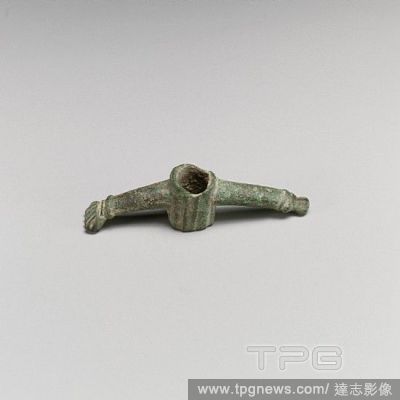
Editorial Bronze phallic amulet, Imperial, 1st century A.D., Roman, Bronze, W. 1 3/16 in (5.6 cm.), Bronzes, The form of this phallic amulet is unique. Commonly, the phallus and arm project from a central pubis or scrotum. On this unusual pendant, the two extens...
- 2018-08-21
- 1
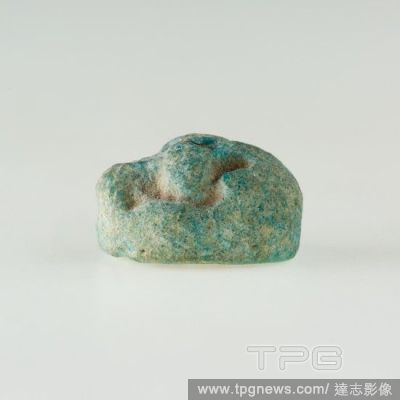
Editorial Animal amulet.
- 2018-08-09
- 1
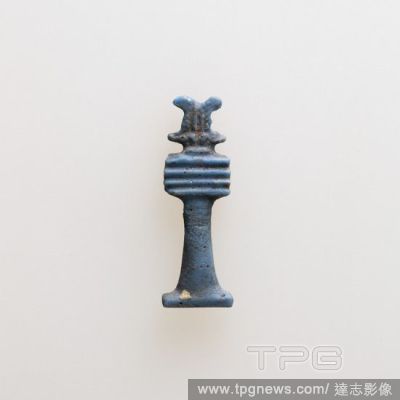
Editorial djed pillar.
- 2018-08-09
- 1
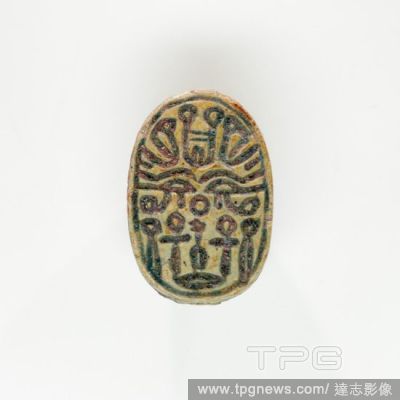
Editorial Scarab from Ruiu's Burial.
- 2018-08-09
- 1
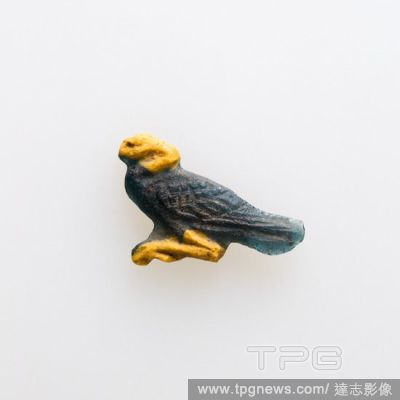
Editorial Amulet probably depicting a benu bird.
- 2018-08-09
- 1

Editorial Amulet of a baboon holding an unrecognizable object.
- 2018-08-09
- 1
 Loading
Loading 